Deskripsi
Dalam panduan komprehensif ini, kita akan mempelajari dunia probe korosi dan mengeksplorasi signifikansinya dalam memantau dan mencegah korosi. Korosi adalah tantangan persisten yang dihadapi oleh industri di seluruh dunia, dan pemantauan korosi yang efektif memainkan peran penting dalam mengurangi efek merusaknya. Dengan memahami berbagai aspek probe korosi, tipe, aplikasi, dan manfaatnya, kita dapat melengkapi diri kita dengan pengetahuan yang diperlukan untuk memerangi korosi lebih efisien.
Pengantar Probe Korosi
Probe korosi juga disebut sebagai instrumen pemantauan respons elektrokimia, direkayasa untuk menangkap data laju korosi waktu nyata dalam pengaturan kimia tertentu. Probe ini ditempatkan secara strategis dalam kontak langsung dengan objek logam atau struktur yang rentan terhadap korosi. Dengan terus memantau laju korosi, probe ini memberikan wawasan yang berharga tentang efektivitas langkah -langkah pencegahan korosi dan memfasilitasi pemeliharaan proaktif untuk mencegah kegagalan bencana
 Pentingnya pemantauan korosi
Pentingnya pemantauan korosi
Pemantauan korosi berfungsi sebagai alat penting dalam memerangi dan melindungi terhadap korosi. Ini memungkinkan industri untuk menilai efektivitas metode pencegahan korosi, seperti perlindungan katodik dan penggunaan inhibitor korosi. Dengan mendapatkan data laju korosi yang akurat dan real-time, organisasi dapat membuat keputusan berdasarkan informasi untuk mengoptimalkan strategi perlindungan korosi mereka dan mengalokasikan sumber daya secara lebih efisien.
Perbedaan antara pemantauan dan inspeksi korosi
Untuk mendapatkan pemahaman yang lebih baik, penting untuk membedakan antara pemantauan korosi dan inspeksi korosi. Inspeksi korosi biasanya melibatkan pos pemeriksaan yang sering untuk mengidentifikasi perubahan atau penyimpangan dari hasil yang diprediksi. Di sisi lain, pemantauan korosi adalah proses berkelanjutan yang memungkinkan untuk kontrol dan intervensi yang cepat terhadap korosi. Sementara inspeksi bertujuan untuk mengevaluasi atau memperkirakan waktu korosi yang tersisa untuk tindakan korektif, pemantauan berfokus pada pencegahan dan peningkatan berkelanjutan dari strategi pencegahan korosi.
Metode pemantauan korosi online
Pemantauan korosi online bergantung pada berbagai teknik untuk mengukur dan menganalisis laju korosi. Mari kita jelajahi dua metode yang umum digunakan:
- Kupon Penurunan Berat Badan
Kupon penurunan berat badan banyak digunakan dalam pemantauan korosi online. Kupon -kupon ini dibuat dari bahan yang sama dengan pipa, tangki, atau kapal yang dipantau untuk korosi. Berbagai bentuk kupon, seperti strip, strip tangga, cakram flush, kupon multi-disk, dan skala, tersedia. Dengan mengukur penurunan berat badan kupon ini dari waktu ke waktu, laju korosi dapat diperkirakan. Metode ini memberikan data yang berharga untuk mengevaluasi efektivitas langkah -langkah pencegahan korosi dan mengoptimalkan strategi perlindungan korosi.
- Probe Korosi Resistansi Listrik (ER).
Probe korosi resistensi listrik menawarkan cara lain yang efektif untuk online Pemantauan korosi. Mereka datang dalam berbagai jenis, masing -masing disesuaikan dengan aplikasi tertentu. Probe ER mengukur laju korosi dan mengirimkan data ke sistem mengontrol menggunakan genggam atau penebang data tetap, atau pemancar korosi. Jenis probe ER umum termasuk jenis flush, silindris, loop spiral, loop kawat, dan loop tabung. Probe ini memfasilitasi pemantauan real-time dari laju korosi dan memungkinkan respons cepat untuk penyimpangan apa pun.
ADvantages probe korosi
Probe korosi menawarkan beberapa keuntungan yang membuatnya sangat diperlukan dalam pemantauan dan pencegahan korosi:
Pemantauan Laju Korosi Real-Time: Probe korosi menyediakan data laju korosi langsung dan akurat, memungkinkan langkah -langkah proaktif segera diambil. Dengan memantau korosi secara real time, industri dapat meminimalkan risiko degradasi material dan kegagalan struktural.
Optimalisasi langkah -langkah pencegahan korosi: Dengan data yang diperoleh dari probe korosi, organisasi dapat mengevaluasi efektivitas metode pencegahan korosi yang ada. Informasi ini memberdayakan mereka untuk mengoptimalkan strategi mereka dan menerapkan peningkatan yang ditargetkan untuk peningkatan perlindungan terhadap korosi.
Penghematan biaya dan alokasi sumber daya: Dengan memantau tingkat korosi secara tepat, industri dapat menghindari pengeluaran yang tidak perlu pada langkah -langkah perlindungan korosi yang berlebihan. Probe korosi memungkinkan alokasi sumber daya yang lebih efisien dengan memastikan bahwa tindakan pencegahan hanya diambil kapan dan di mana mereka benar -benar dibutuhkan.
Deteksi dini masalah korosi: Probe korosi bertindak sebagai sistem peringatan dini, memberikan wawasan tentang timbulnya masalah terkait korosi. Ini memungkinkan industri untuk melakukan intervensi segera, meminimalkan potensi kerusakan yang luas dan perbaikan yang mahal.
Pengambilan keputusan berbasis data: Data yang dikumpulkan dari probe korosi membentuk fondasi berharga untuk pengambilan keputusan berbasis data. Dengan menganalisis tren dan pola dalam tingkat korosi, organisasi dapat membuat pilihan berdasarkan informasi mengenai jadwal pemeliharaan, pemilihan material, dan strategi pencegahan korosi.
Kepatuhan dengan standar regulasi: Banyak industri tunduk pada standar peraturan dan persyaratan mengenai pencegahan korosi. Probe korosi membantu memastikan kepatuhan dengan memberikan data laju korosi yang akurat dan memfasilitasi pemantauan dan pelaporan yang diperlukan untuk memenuhi kewajiban peraturan.
Umur panjang peralatan yang ditingkatkan: Pemantauan korosi yang efektif, dimungkinkan oleh probe korosi, berkontribusi pada umur panjang dan keandalan peralatan dan struktur. Dengan mengidentifikasi dan mengatasi korosi pada tahap awal, industri dapat memperpanjang umur aset mereka, mengurangi kebutuhan untuk penggantian prematur dan biaya terkait.
Keamanan yang Ditingkatkan: Kegagalan terkait korosi dapat menimbulkan risiko keselamatan bagi personel dan lingkungan. Probe korosi memainkan peran penting dalam memastikan integritas struktur dan peralatan, sehingga meningkatkan keamanan dan meminimalkan potensi kecelakaan atau insiden lingkungan.
Singkatnya, probe korosi adalah alat yang sangat diperlukan dalam perang melawan korosi. Dengan memberikan data laju korosi waktu-nyata dan akurat, penyelidikan ini memungkinkan industri untuk mengoptimalkan strategi pencegahan korosi mereka, mengalokasikan sumber daya secara efisien, dan memastikan kepatuhan dengan standar peraturan. Manfaat probe korosi melampaui penghematan biaya, mencakup umur panjang yang lebih baik, peningkatan keamanan, dan pemeliharaan proaktif untuk mencegah kegagalan bencana. Memasukkan probe korosi ke dalam program pemantauan korosi memberdayakan industri untuk tetap selangkah lebih maju dari korosi, melindungi aset mereka dan memastikan keunggulan operasional.
Pertanyaan yang Sering Diajukan
T1: Apa itu pemantauan korosi?
A1: Pemantauan korosi mengacu pada penggunaan metode dan peralatan tertentu. Ini melibatkan pelacakan dan mengamati degradasi bahan bertahap yang disebabkan oleh berbagai faktor seperti bahan kimia, reaksi elektrokimia, atau kondisi lingkungan. Tujuan pemantauan korosi adalah untuk memungkinkan perawatan yang lebih baik, pencegahan, dan implementasi langkah -langkah efektif untuk memerangi korosi dan melindungi aset dari kerusakan.
T2: Mengapa pemantauan korosi penting?
A2: Pemantauan korosi sangat penting karena membantu mengurangi efek negatif korosi pada aset industri. Tanpa pemantauan yang tepat, korosi dapat menyebabkan kegagalan aset, kebocoran, berkurangnya kinerja, risiko keselamatan, peningkatan biaya, dan kerusakan lingkungan. Dengan secara aktif memantau korosi, seseorang dapat mengidentifikasi keberadaannya, melacak perkembangannya, dan mengambil tindakan pencegahan sebelum mencapai titik kritis. Pendekatan proaktif ini mengurangi biaya perawatan, meningkatkan umur panjang aset, meningkatkan keandalan, dan memastikan keamanan.
T3: Apa perbedaan antara inspeksi korosi dan pemantauan korosi?
A3: Sementara inspeksi korosi dan pemantauan korosi terkait, mereka melayani tujuan yang berbeda. Inspeksi korosi melibatkan penilaian berkala dari seluruh aset untuk memeriksa setiap perubahan atau penyimpangan dari hasil yang diharapkan. Ini bertujuan untuk mengevaluasi korosi dan menentukan kebutuhan untuk perbaikan atau penggantian. Di sisi lain, pemantauan korosi berfokus pada pengamatan berkelanjutan dari area tertentu atau bagian aset untuk dengan cepat mengidentifikasi dan menanggapi perubahan. Tujuannya adalah untuk mencegah korosi dan meningkatkan langkah -langkah pencegahan daripada memperkirakan waktu korosi untuk penggantian atau perbaikan.
T4: Apa metode yang digunakan untuk pemantauan korosi online?
A4: Pemantauan korosi online menggunakan berbagai metode untuk terus memantau korosi. Beberapa metode yang umum digunakan termasuk:
1. Kupon Penurunan Berat Badan: Kupon ini, terbuat dari bahan yang sama dengan pipa atau kapal yang dipantau, ditempatkan dalam sistem untuk mengukur korosi melalui penurunan berat badan.
2. Probe Korosi Resistensi Listrik (ER): Probe ER mengukur laju korosi dengan memantau perubahan resistensi listrik. Mereka datang dalam berbagai jenis, seperti tipe flush, silindris, loop spiral, loop kawat, dan loop tabung.
3. Probe resistensi kutub linier: Probe ini terutama digunakan dalam industri air untuk memantau fluktuasi korosi dalam cairan konduktif seperti air.
4. Sensor ketebalan ultrasonik online: Sensor ultrasonik non-intrusif mengukur ketebalan struktur logam tanpa akses atau gangguan fisik. Mereka menyediakan data yang akurat dan andal untuk deteksi korosi awal.
5. Probe Hidrogen: Probe hidrogen memantau penetrasi hidrogen menjadi baja, yang dapat menyebabkan kerapuhan, porositas, atau dekarbonisasi.
6. Probe Pasir: Mereka digunakan untuk memantau korosi yang disebabkan oleh erosi atau keausan, biasanya pada pipa gas di mana kecepatan fluida menyebabkan erosi.
7. Probe Biologis (Bio-Probe): Bio-Probes mengumpulkan sampel untuk analisis mikrobiologis untuk memantau korosi yang dipercepat oleh mikroorganisme.
T5: Apa saja peralatan utama yang digunakan dalam sistem pemantauan korosi?
A5: Selain berbagai probe, sistem pemantauan korosi menggunakan peralatan spesifik untuk pemantauan yang efektif. Peralatan utama meliputi:
1. Akses Fittings: Fitting ini, seperti koneksi flens atau flare-weld, memungkinkan akses ke kupon dan probe korosi.
2. Pemegang Kupon: Digunakan untuk mengamankan kupon korosi di dalam pipa atau tangki, pemegang ini menempel pada colokan padat atau berongga. Bahan umum yang digunakan untuk pemegang kupon adalah stainless steel 316/316L, Monel, dan Inconel.
3. Layanan Katup: Katup layanan tipe bola digunakan untuk memblokir aliran fluida selama penggantian kupon atau probe korosi. Mereka terpasang pada colokan padat atau berongga setelah melepas penutup fitting akses.
4. Retrievers: Retrievers digunakan untuk memasukkan dan mengambil kupon korosi dan probe tanpa mengganggu proses. Mereka datang dalam tipe hidrolik dan mekanik.
5. Sumber daya tambahan seperti platform akses, dan penebang data.

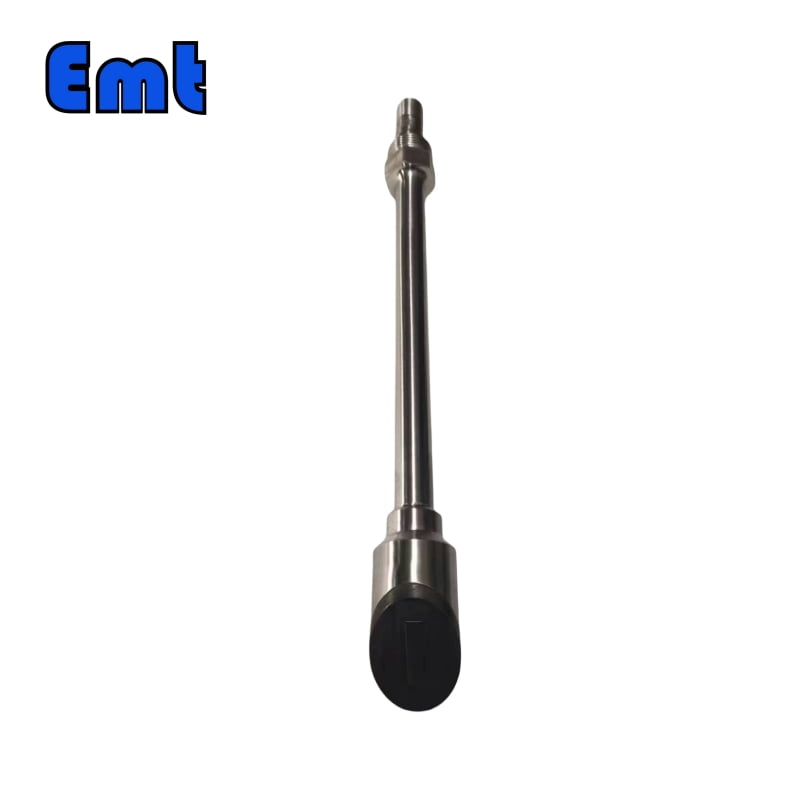
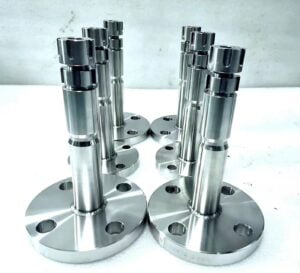 Pentingnya pemantauan korosi
Pentingnya pemantauan korosi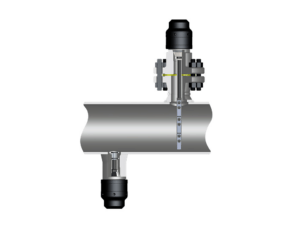
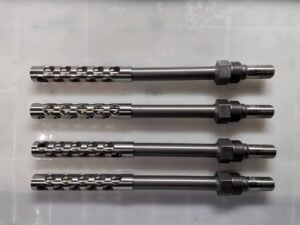
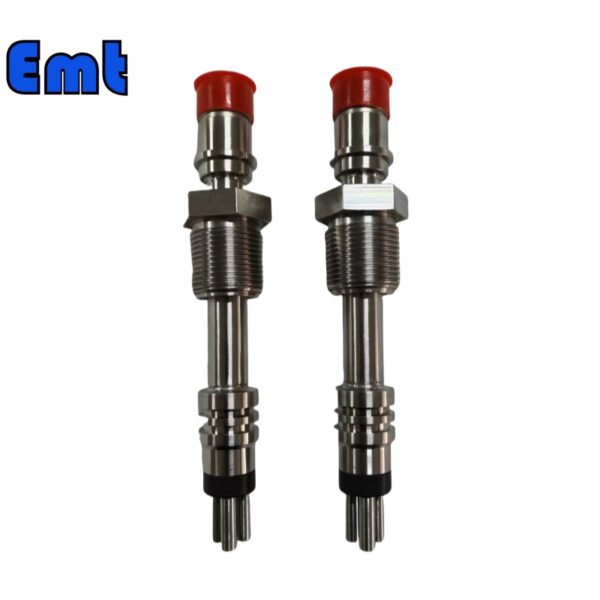
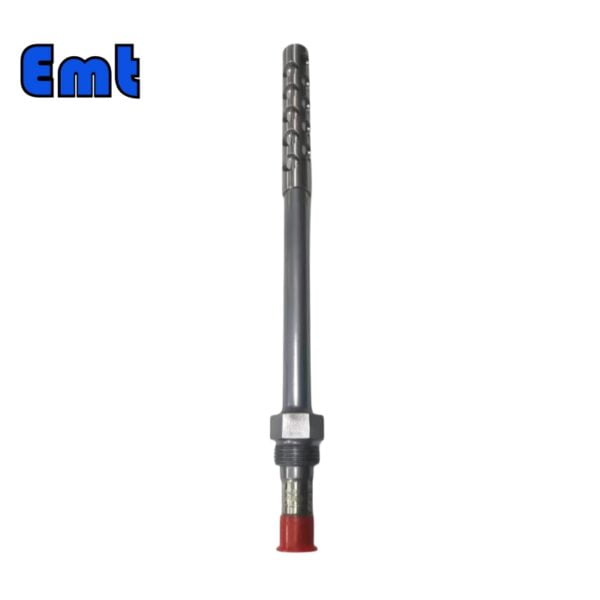
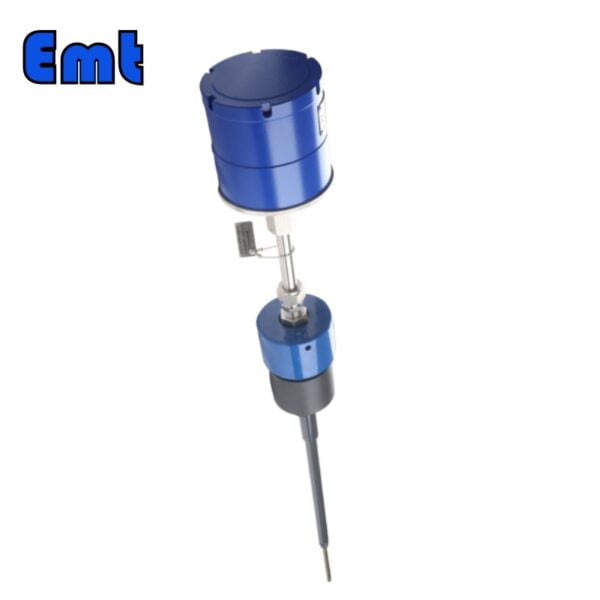
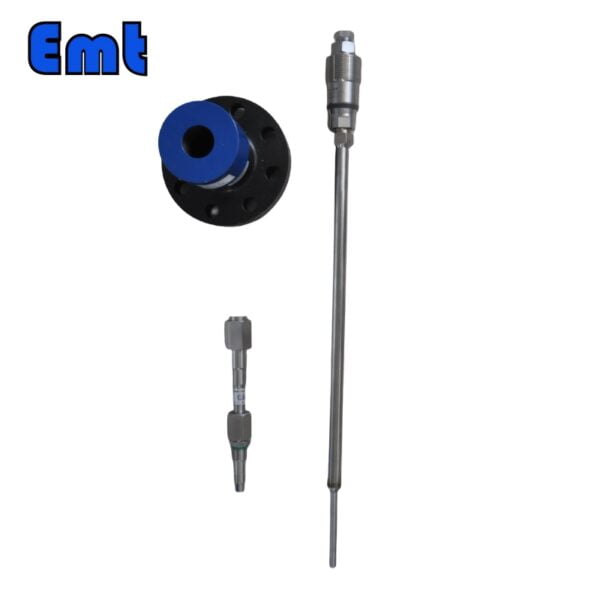
Ulasan
Belum ada ulasan.